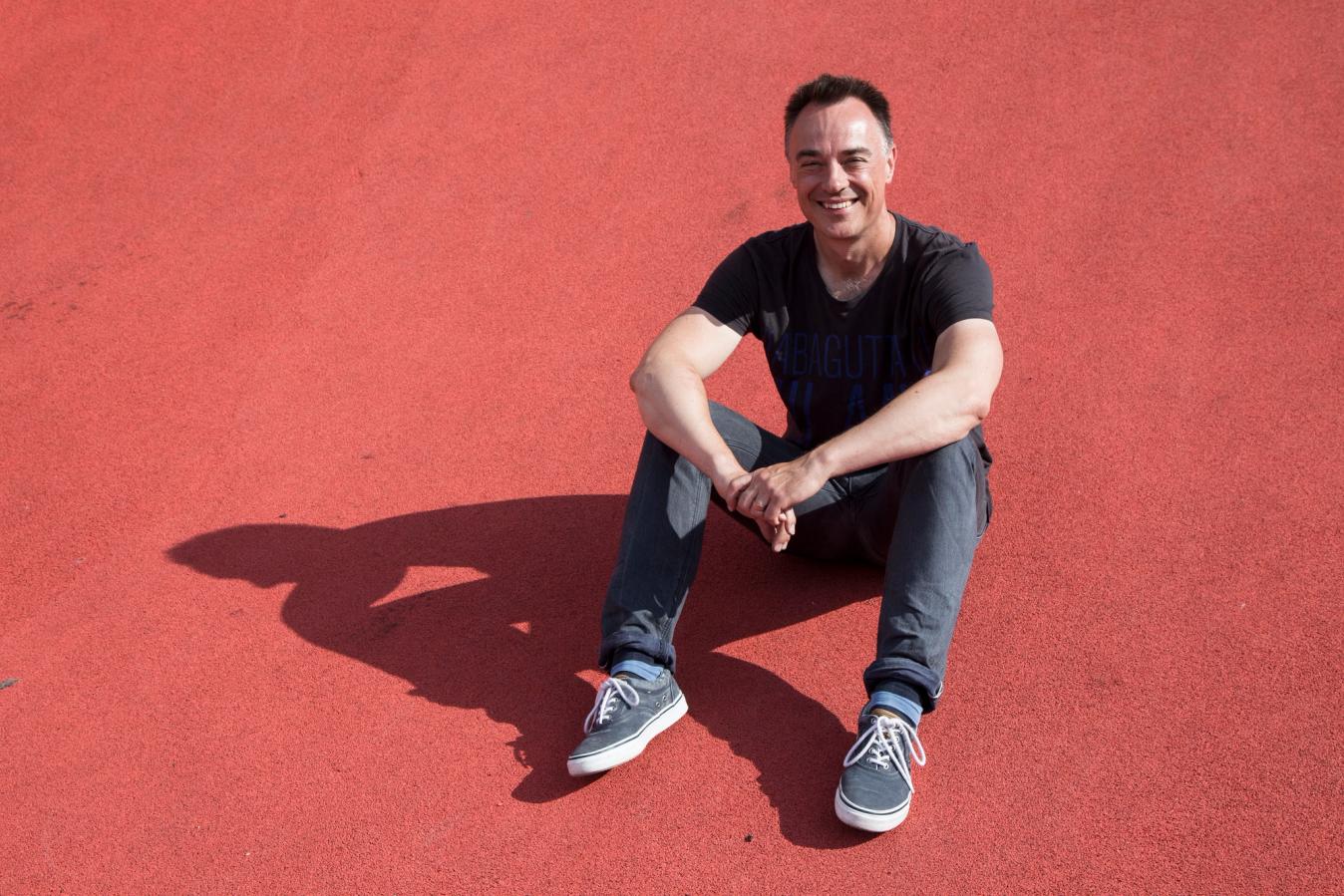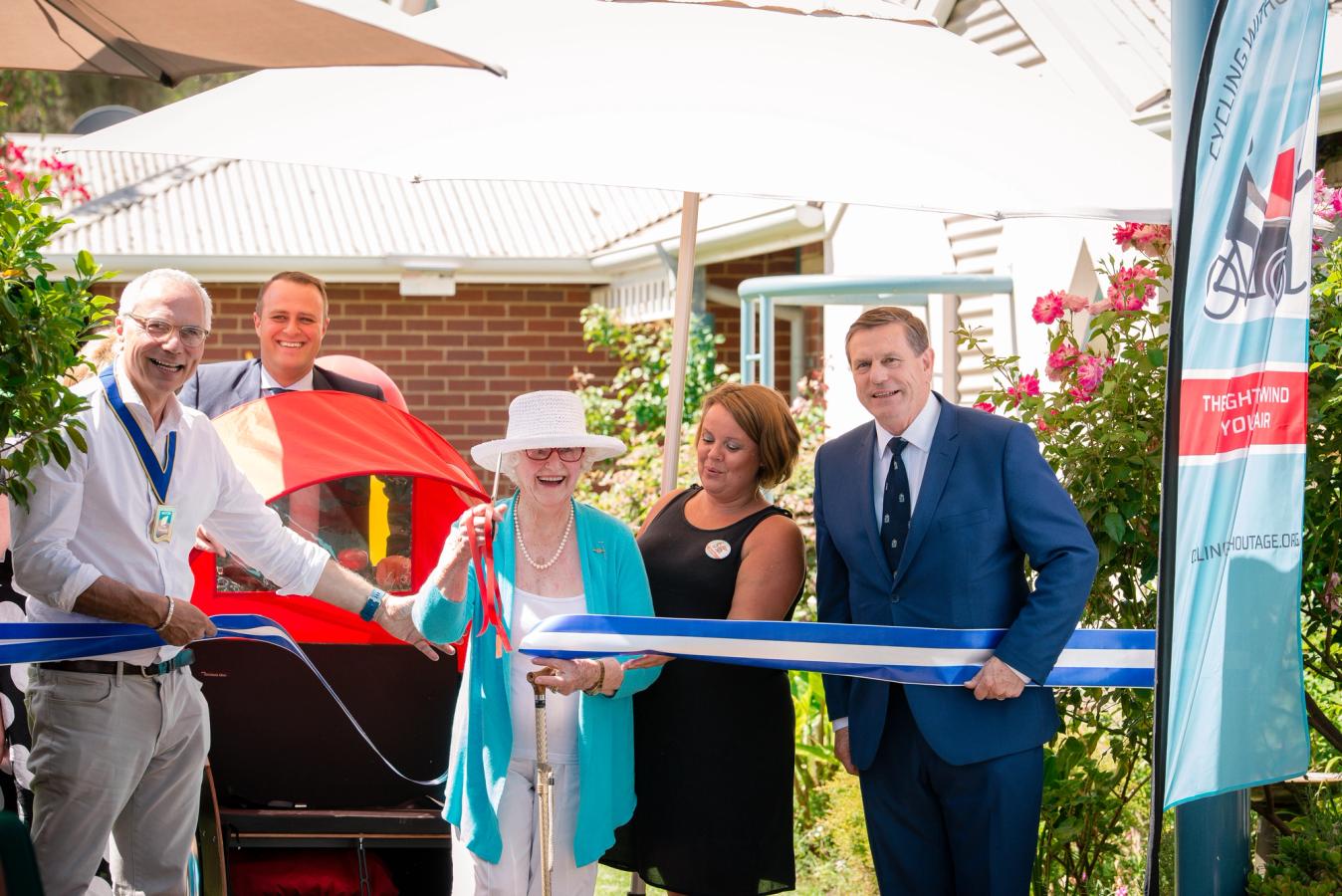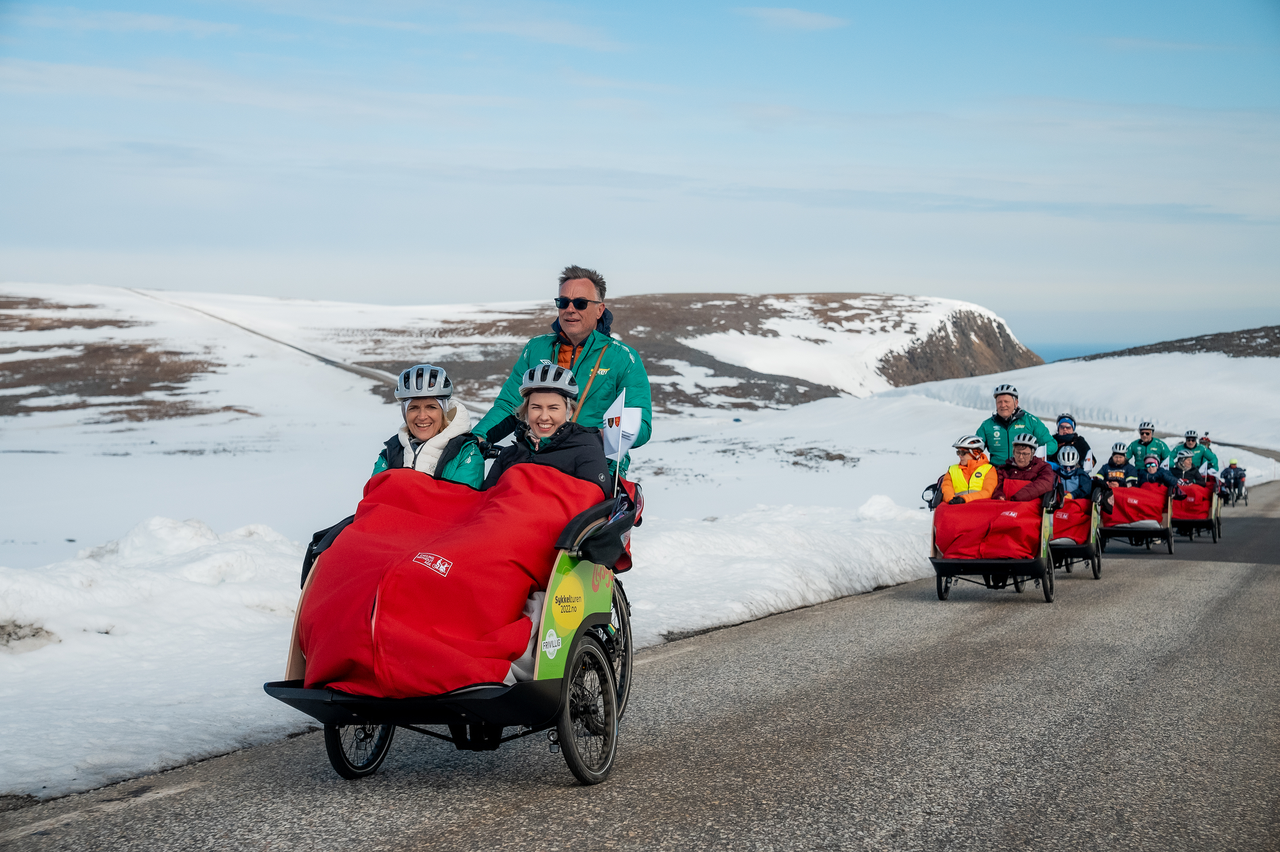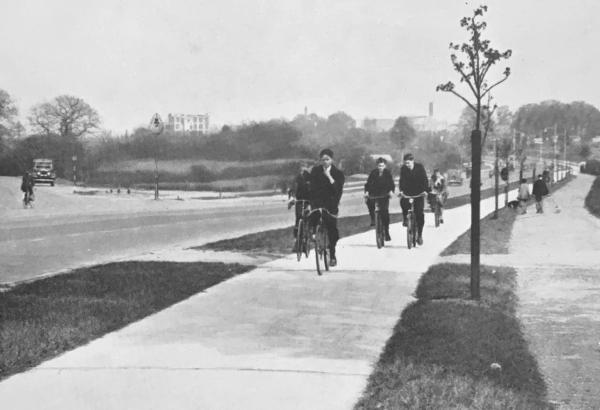Powered by kindness: This worldwide movement is making cycling more accessible
Since 2011, Ole Kassow’s idea to make cycling more inclusive has grown from a Copenhagen experiment to a worldwide movement. We spoke to him to hear more
James Howell-Jones
Junior Writer
© Cycling Without Age / Ole Kassow
Cycling Without Age braving the cold in Norway
Cycling Without Age is based around a simple idea: give people who are physically unable to ride a bike a chance to ride a bike, and give able-bodied people a chance to do good.
Perhaps, then, simplicity is the recipe for success. Since starting in 2011, Cycling Without Age has spread to 39 countries, and has 3,050 locations. It is powered by an incredible 39,000 volunteers, and has provided the joy of cycling to over 650,000 people. Cycling Without Age isn’t a club or a charity; it’s a movement.
The man behind the movement is Ole Kassow, a Dane for whom cycling is not about lycra and watts, but about mobility, freedom, and being present in the world. Kassow says our urban spaces would be better if they were built around the needs of the most vulnerable.
As he says, “if we can build societies and cities and communities where our grandmothers would thrive, then my conviction is that everyone would thrive.”
Amid the continued success of Kassow’s movement, GCN spoke to him to find out more.

© Mikael Colville-Andersen
Cycling Without Age founder Ole Kassow
What is Cycling Without Age?
Cycling Without Age makes cycling accessible to people who would otherwise be unable to ride – usually elderly people, but in some cases, people with disabilities. The organisation consists of 3,050 ‘chapters’ across the world, each established and run by local volunteers.
It’s not a top-down organisation, says Kassow, but a “holacracy”. Equipped with the basic concept and a bit of local funding, each chapter can set itself up in its own way, in a manner that makes sense for the location and the people there. Most of the chapters are in Europe, the US and Australia but some are as far-flung as South Africa, Singapore and Uruguay.
Across these 3,050 locations, Cycling Without Age have almost 5,000 specially-made electric tricycles, called ‘trishaws’. The trishaws have one wheel at the back and two up front, giving a platform for two car seat-style chairs, in which the riders sit. Behind them, pushing the pedals and controlling the bike, sits a volunteer, or ‘pilot’. Each chapter buys their own trishaws, ideally through Kassow’s Copenhagen Cycles, a not-for-profit bike shop that funds Cycling Without Age.
Read more:
- Andrew Lannigan founds cycling club for visually impaired cyclists
- 90-year-old makes history by completing Land's End to John O'Groats challenge
The passengers are people who are unable to cycle. Often, chapters base themselves around a local care home, and regularly take the residents out for rides. In other chapters, the trishaws are used to help disabled people experience the joys of cycling. There’s no set rule for how Cycling Without Age works or who can use it. It’s determined by local volunteers, who find the people in need in their communities and build chapters around them.
Why do so many people volunteer for Cycling Without Age?

© Martti Tulenheimo
The trishaws have room for two passengers and a pilot
The organisation is powered by volunteers, and has trained a remarkable 39,000 volunteers as pilots. Attracting such an enormous number of volunteers is difficult, but Kassow says that really, people are looking for ways to be generous.
“People get drawn to this because there is almost like an innate feeling in every one of us that we want to be kind to other people,” he said. “We’re not necessarily [generous] all of the time, but it feels good to be generous: generous with your time; with your thoughts; and with relationships, conversations and so on. [...] So I think that’s the reason why people come down in the first place.”
Once people have started volunteering, it’s the friendships and relationships that follow, says Kassow, that keeps them coming back again and again. Loneliness, says Kassow, is “almost like a pandemic on this planet”. For volunteers, Cycling Without Age brings a sense of community that is lacking in modern society.
“You become part of a group of maybe anywhere between 15 and 50 people. You meet even if you're not going out for a bike ride, and you can make friends that way as well.
“So it's kind of just the local ‘feel good club’, where you hang out and make friends.”
Why is cycling so special?
Kassow is from Denmark, a country where, as he puts it, you’re born with a bicycle between your legs. The Danish sense of self, and the very layout of Danish cities, is defined by the bicycle. And yet, Kassow says cycling holds a universal appeal that anyone, Dane or otherwise, can connect with:
“Sometimes, when I go around and meet our groups, I take them through this little exercise where I ask them to close their eyes and go back to when they got the first bicycle.”
Kassow asks them to imagine touching that bike, then to imagine themselves climbing on for a ride.
“Then I asked them to come up with one word for the feeling they have when they're in that situation.”
Remarkably, says Kassow, over 50% come out with the same word: freedom.
“It's the first tool that we all have to escape from our parents, to get away from the house.”
It's that sense of freedom, of the 'wind in your hair', that Cycling Without Age gives to people who would otherwise go days without moving beyond the confines of their house or care home.
How can cycling be more accessible?

© Martti Tulenheimo
Kassow says the first step for making cycling accessible is improving safety
Unsurprisingly, Kassow has a lot to say when asked about how we can make cycling more accessible. The headline, though, is simple: make it safe.
“And you can do that by providing better infrastructure for cyclists [...] but the single biggest thing we can do as a society is to curb cars.
“I mean, that is the elephant in the room and a lot of people don't want to talk about that, but we have so many cars and they go far too fast.”
If the cycling revolution is going to come from anywhere, it’ll be our children. In Denmark, children learn to ride bikes pretty much as soon as they can walk, and Kassow suggests that getting people cycling earlier is the best way to get people out of their cars and onto bicycles.

© Augusta Benvenuto
Cutting the ribbon at a new chapter in Australia
As more and more chapters crop up around the world, from Africa to Australia, Cycling Without Age is growing into something far greater than Ole Kassow could have imagined. In fact, it’s so large, he can hardly even keep track of it, saying that, “on a daily basis, I have no idea what’s going on in chapters around the world."
Specifics aside, the fact is that wherever there is a chapter of Cycling Without Age, there is a group of people helping others, for no other reason than that they want to. It all points back to Kassow’s assertion about the innate goodness within each of us.
As he says, “that’s something that sits really close to our hearts; the desire to make a positive difference by being kind to other people.”










